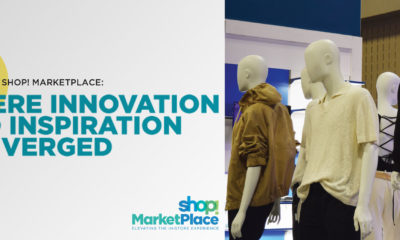“Like the world is mine.”
“You feel powerful.”
“The vastness of just everything is right there at your fingerprints.”
“You can look at all your stores at once.”
Each of these statements represents a powerful emotion. All were voiced by millennial consumers in response to the question, “Why do you like to shop online?”
We asked this rather straightforward question after conducting a quantitative survey of 1700 consumers. The goal was to examine the emotional territory behind a powerful finding from this recent in-depth research study by WD Partners’ (Dublin, Ohio) consumer insights team. Our study uncovered a dramatic generational shift in what is considered the most appealing features of shopping, a shift that will demand a response from store brands if they want to gain the loyalty of this 80-million strong consumer segment.
Advertisement
Boomers and generation X shoppers – by an overwhelming margin – ranked features found only in the actual physical space of a store as the most appealing. For example, both generations ranked the tactile experiences of “see and touch” and “instant ownership,” as the most appealing, indicating a clear preference for bricks-and-mortar stores.
Among millennials, though, the “see and touch” aspect of in-store shopping drops precipitously to the fifth spot. The ubiquitous “customer reviews” that dominate the online shopping process ranked second in appeal.
What took first place? The “unlimited options” of online shopping, where there’s no such thing as a limited assortment, curated selection or restricted SKU size. The finding raises a bevy of questions: Why do millennials find this abundance so important and appealing? Is it possible for stores to bring the emotional gratification of unlimited options and customer reviews into the physical store? And what’s the best way to do so by retail channel?
To start to answer these questions, consider what millennial consumers told us about Amazon. No matter the iteration, when asked directly how they feel about the online shopping behemoth, they tended to articulate appreciation for the functional benefits of the brand, but rarely love.
For example, consider this typical response from a millennial male: “I shop Amazon for a lot of things, but I think that is mostly because of the convenience. The fact that it does have everything I need, not because I love it or that it is the best.”
Not because I love it. This is loyalty by default. And therein you find the weakness of the Amazon model and the enduring strength of stores.
Advertisement
Millennials still value, desire and want a compelling store experience. They’d like to love it, in fact. But few stores have nailed the formula for a compelling physical store experience that also offers the emotional rewards of unlimited options and customer reviews. And like all generations, millennials find the standard of customer service wanting, ranking stores associates as the least appealing aspect of shopping in the store.
It would be a mistake for store brands eager to gain the loyalty of millennials to view this generational disconnect as merely a functional challenge. The solution isn’t a matter of simply choosing some digital tools and gadgets to install inside the store. As the excerpts from our focus group reveal, the appeal of “unlimited options” is deeply connected to the emotional rewards involved. Online shopping bestows a level of control and power to the consumer. Stores can’t just match online retail brands function for function. They must figure out how to satisfy the same emotional needs shopping meets online and doing even better inside the store.
Lee Peterson is executive vice president, creative services, at WD Partners, a global retail design firm based in Dublin, Ohio. He will present more findings from his firm’s study in a session titled “Amazon Can’t Do This: New Research on Store Concepts Consumers Want,” at IRDC, to be held September 17-19 in Vancouver. For registration information, click here.

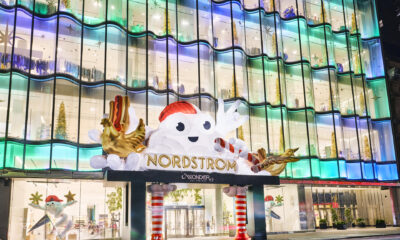
 Headlines2 weeks ago
Headlines2 weeks ago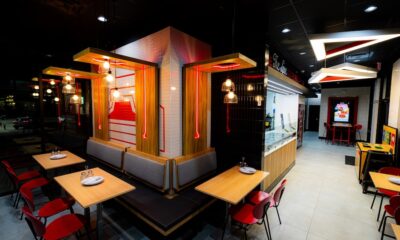
 Headlines7 days ago
Headlines7 days ago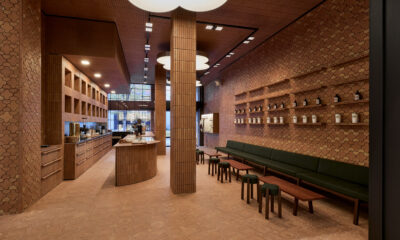
 John Ryan1 week ago
John Ryan1 week ago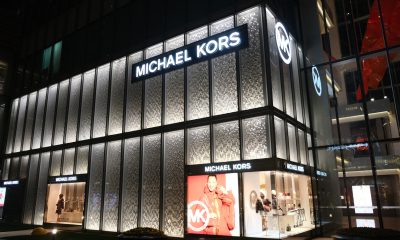
 Headlines2 weeks ago
Headlines2 weeks ago
 Headlines1 week ago
Headlines1 week ago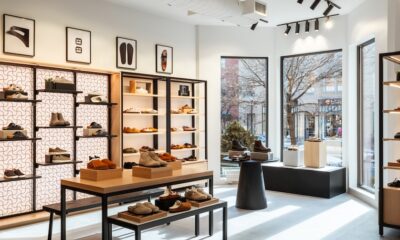
 Headlines1 week ago
Headlines1 week ago
 Hospitality2 weeks ago
Hospitality2 weeks ago
 Headlines4 days ago
Headlines4 days ago
